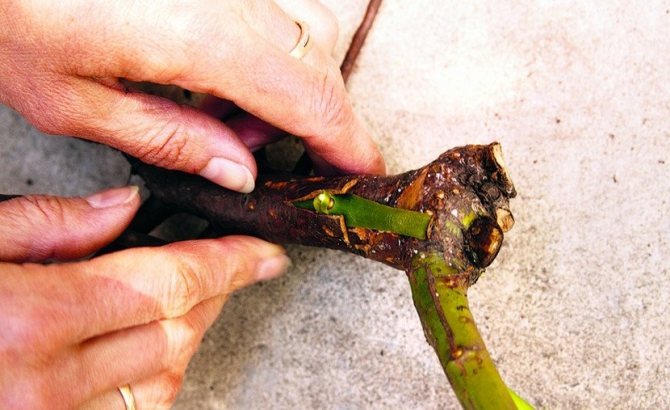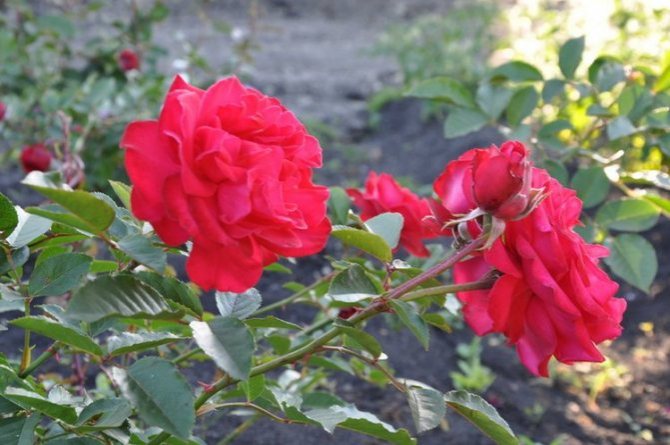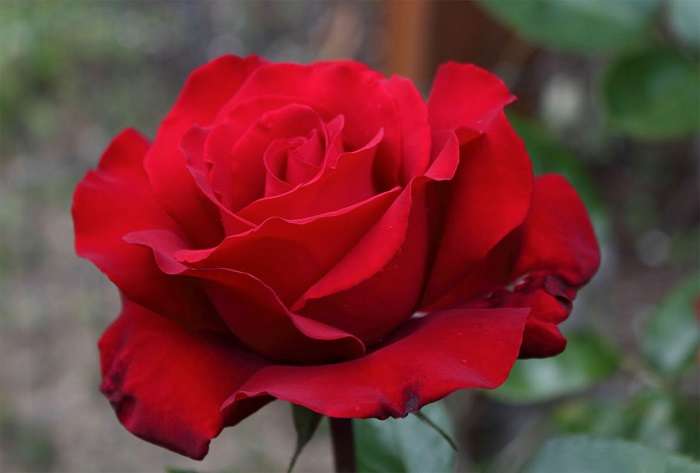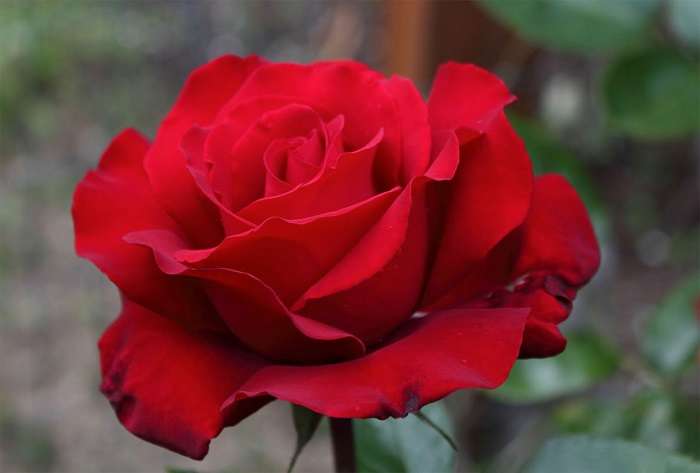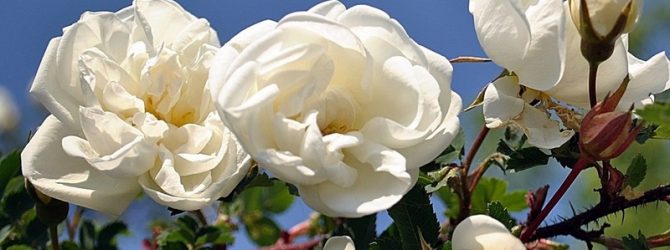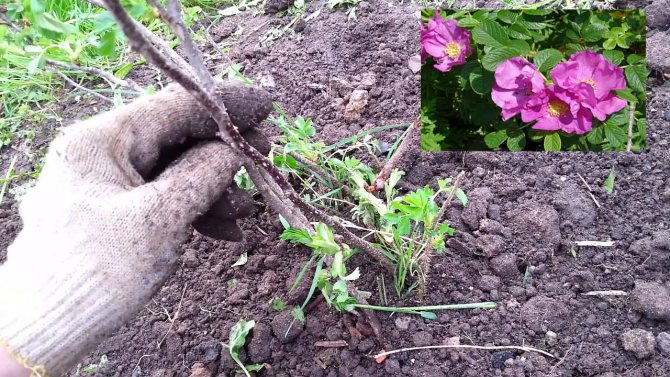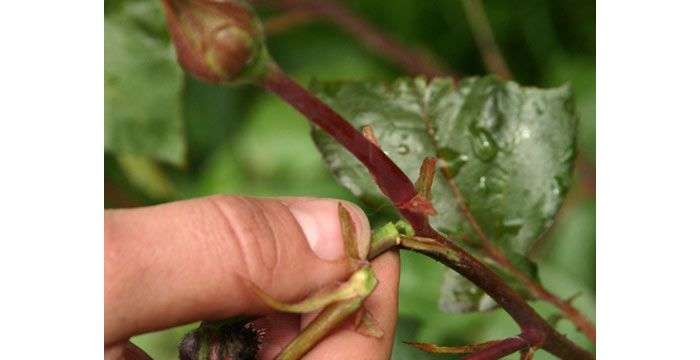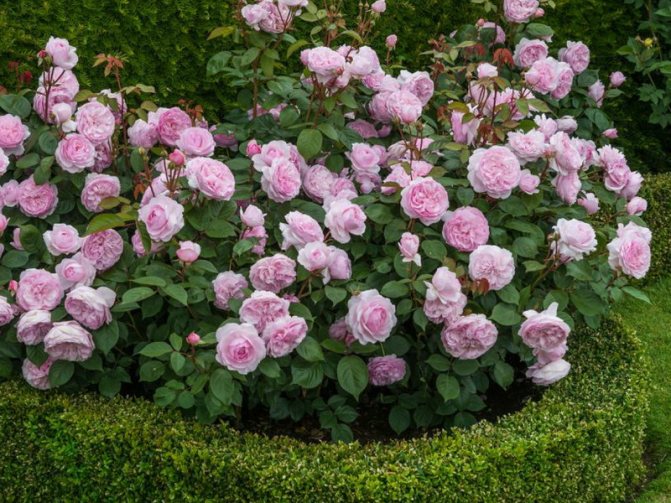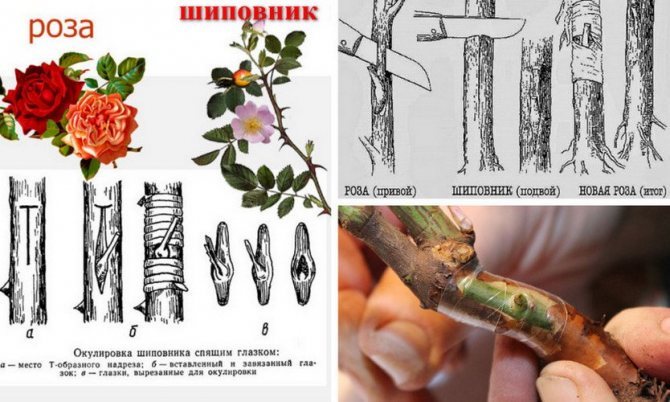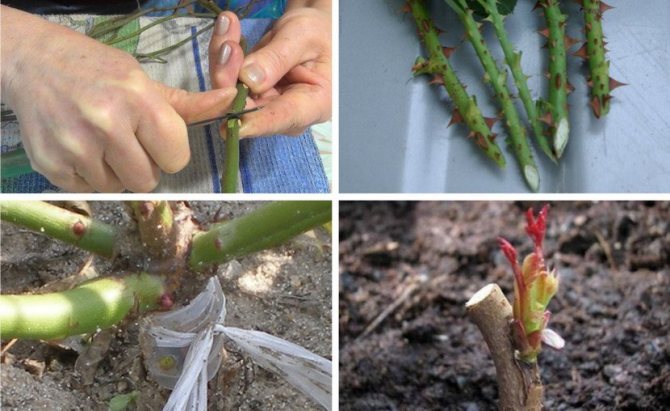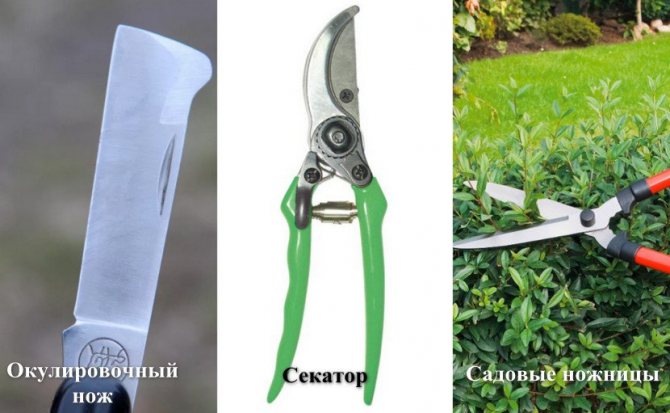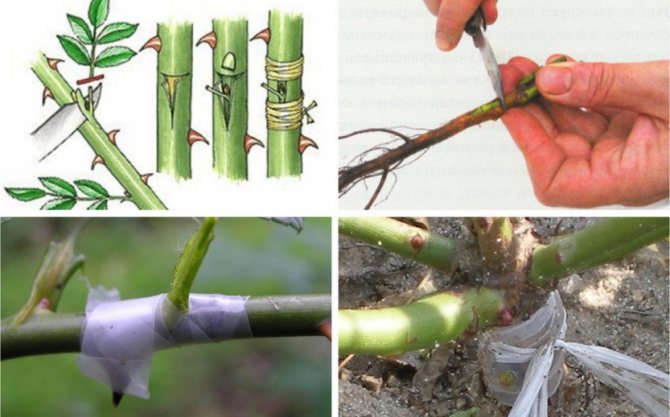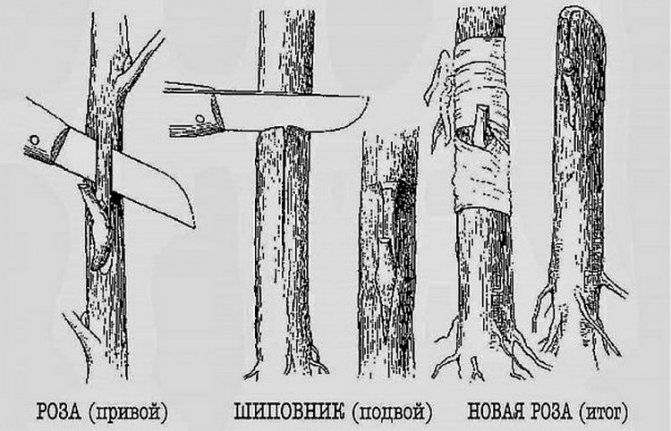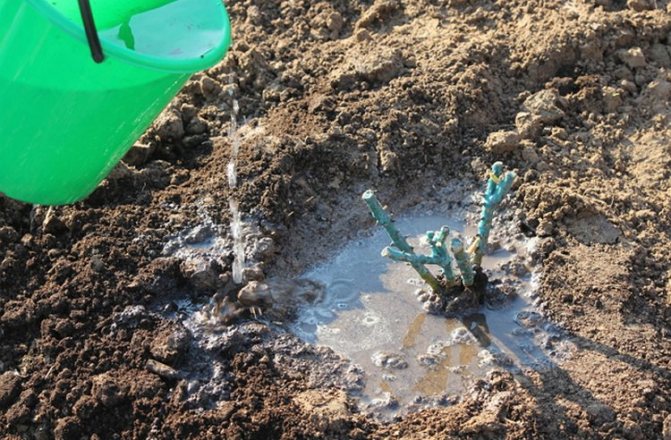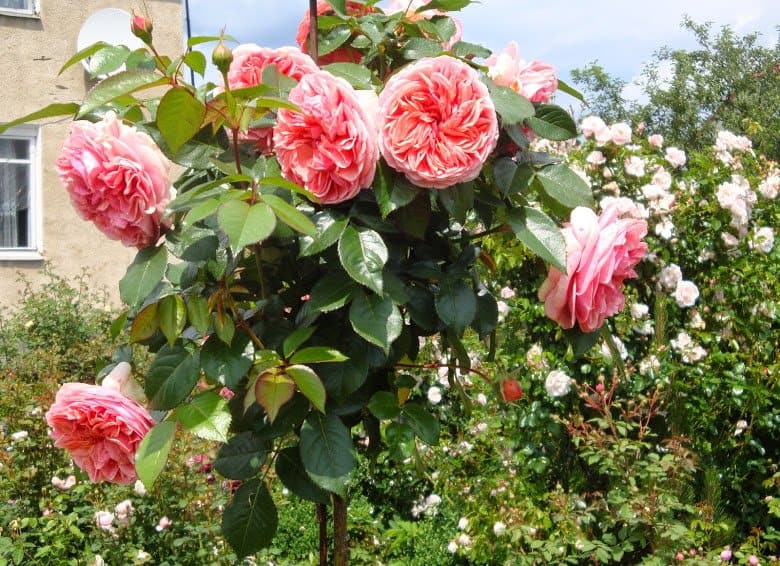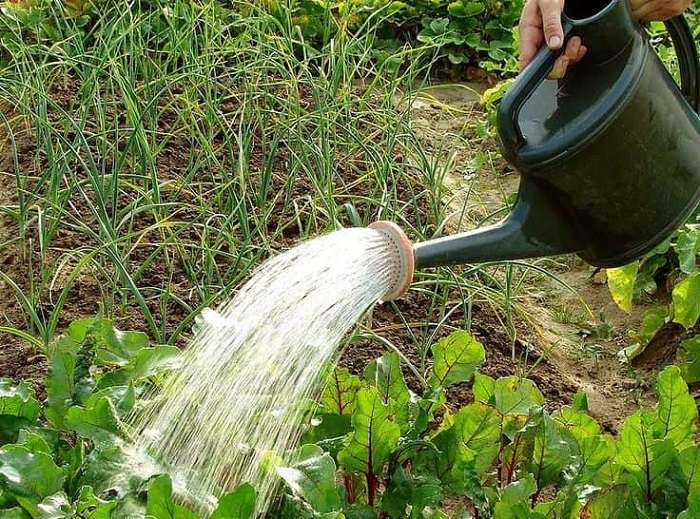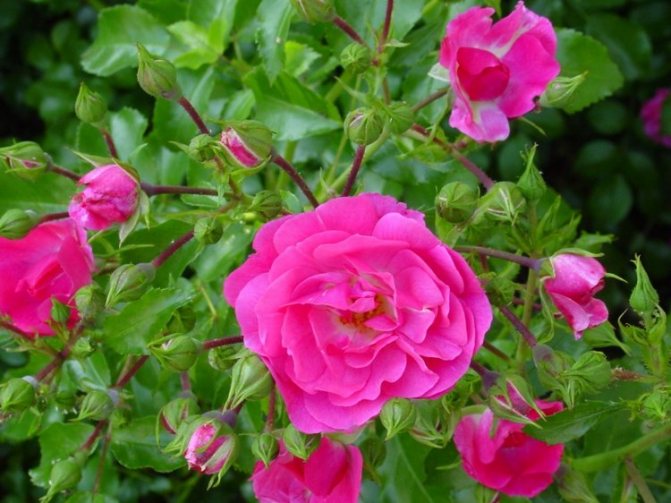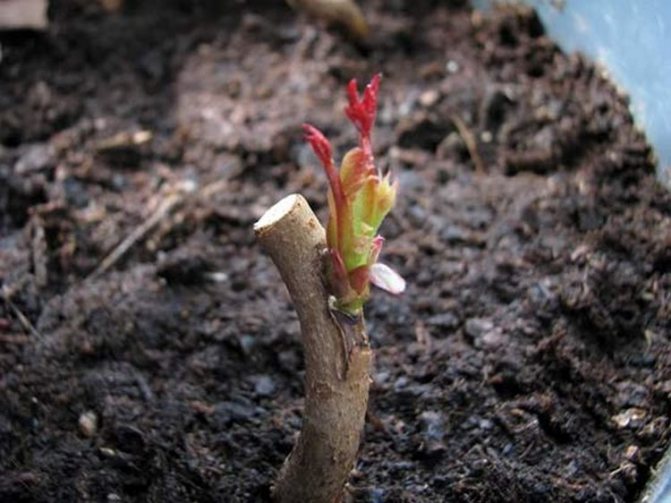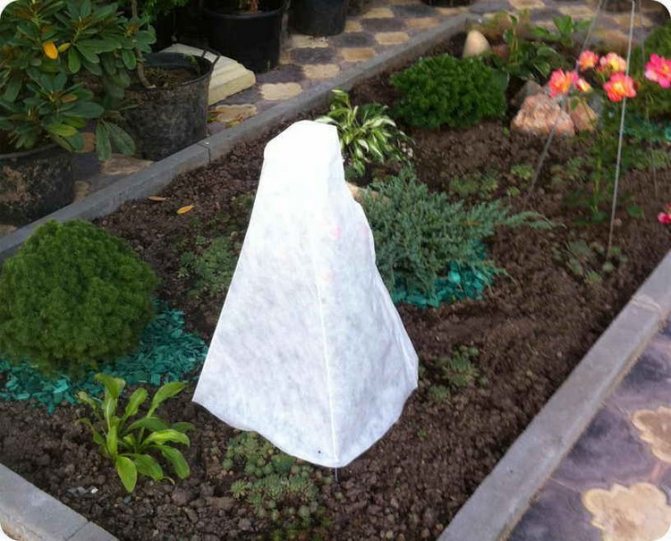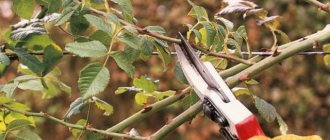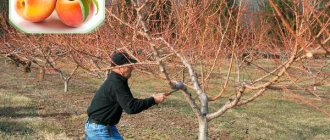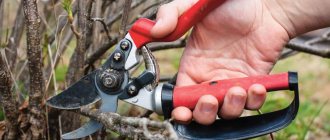What is it for?
Grown from a cuttings and having its own roots, a rose bought in a garden store can be planted in a flower bed in spring. It will bloom all summer, and may not survive until the next season. After all, most hybrid varieties are not adapted to harsh winters. Own-rooted roses often disappear in the first years of life. In frosty winters, young seedlings sometimes freeze, however, thanks to dormant buds, they sometimes recover in spring.
If you plant a rose on a rose hip, the vitality of the plant will increase. The grafted flower is not afraid of the winter cold, illness, adverse weather conditions (rain, drought) in the summer season.
Advantages and disadvantages of the method
Benefits of grafting a rose on a rosehip:
- the frost resistance of the flower increases;
- increases immunity, resistance to many types of diseases;
- the plant adapts more easily to any weather conditions;
- the rose begins to bloom faster.
Disadvantages of the method:
- the rosehip used as a rootstock can give rise to shoots;
- the scion and rootstock may not grow together on the first try.
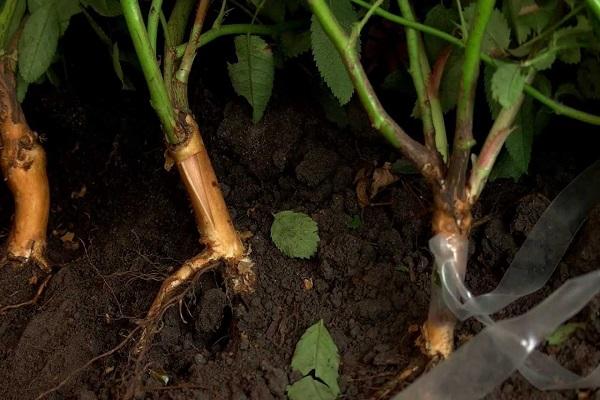
Types of roses and rose hips used for budding
A rose is grafted onto a rose hip so that the scion is enhanced by the beneficial qualities of the stock. For vaccination, take wild varieties of rose hips (May or dog). The rootstock should have good immunity, increased resistance to frost, drought, waterlogging, as well as a low tendency to form root growth.
As a scion, you can take roses of the following varieties: hybrid tea, climbing, semi-climbing, bush, floribunda, polyanthus, grandiflora. Eyes of roses are grafted to the root collar of the rose hips. In this case, a frost-resistant bush is obtained. You can inoculate to the stem of the rose hip. You will get a bole, that is, a tree on a high leg with a lush crown at the top.


Highlights in winter budding
Many experts recommend planting a rose in winter. The best time for this is mid-December. Consider the main points when winter crossing:
- before the procedure, the cuttings and stock must be well warmed up;
- then cutting of cuttings follows, two or three eyes should be left;
- after budding (see above), the scion must be dipped in melted paraffin to the level of the film;
- Tie the seedlings into bundles and store them in boxes;
Read also: Does Jacaranda (violet tree) grow in Russia and where? Where does the jacaranda (violet tree) grow?
When to plant a rose on a rosehip
The dormant eye vaccination is best done in the summer. The buds on roses are ready for budding from the end of July, all August, until September, that is, immediately after the roses have faded. In summer, plant juices move intensively, so the rootstock and scion will grow together faster. You can vaccinate in early spring. In this case, not a dormant, but a sprouting rose bud is taken, which will immediately begin to grow.
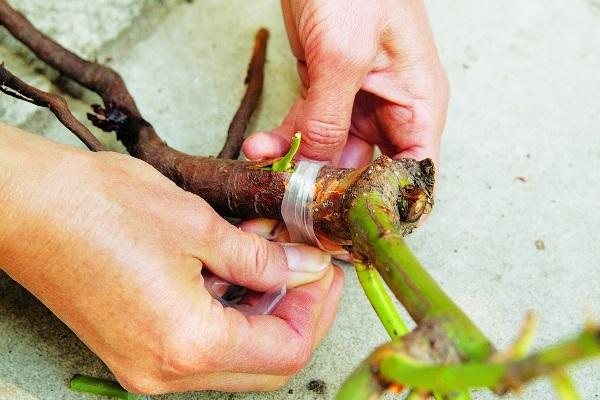

Stock selection rules
Rosehips intended for rootstock are grown in advance. At the time of vaccination, he must be 2 years old. Rose hips are harvested in the fall, the seeds are immediately sown into the ground to a depth of 5 centimeters to form a long root collar. The next spring, the sprouts will sprout.
At the beginning of summer, they pinch the top to form a strong root system.
Once a month, the bushes are fed with minerals.Before frost, they are mulched with humus. After 2 years, in the middle of summer, the seedlings are ready for budding. At this point, the thickness of the root collar should be 4 millimeters. If the thickness of the neck is 8 millimeters, then such seedlings are not oculated, but used for grafting with a handle. It is made at the end of autumn.
See also
Description and characteristics of the Kerio rose variety, cultivation and careRead
Two weeks before budding with an eye, a stock is prepared. It is regularly watered, as a result of which the cambium is saturated with moisture, and the bark is well separated.
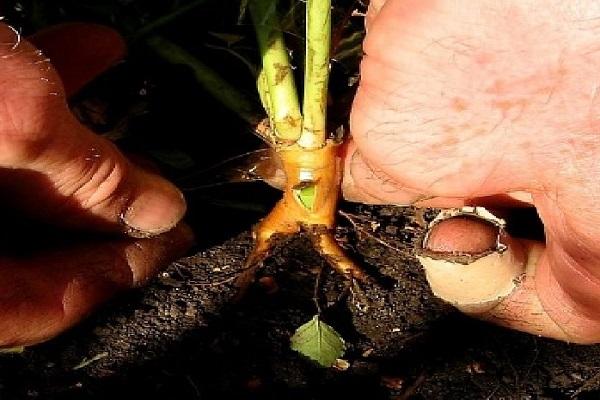

The optimal timing of vaccinations, the pros and cons of doing work in spring, summer, autumn
Before starting work, it is worth analyzing all the pros and cons when choosing a breeding method and time of year.
There is a suitable vaccination method for every season.
The next session can take place at August, when the shoots have stopped growing and hardened by winter.
Usually, vaccinations are not carried out in autumn... During this growing season, all physiological processes of plants slow down, preparation for winter takes place, which means that all nutrients accumulate in the root system. This is why grafting is unlikely to take place.
Scion preparation
If the grafting is done in the summer, then they choose roses that have already faded. On the day of budding, cuttings are harvested, from which dormant eyes are taken. They are cut from the middle of the lignified stem of the selected variety. Young, annual twigs, on which flowers have not yet blossomed, are not suitable for budding.
The scutellum with the dormant kidney is cut off with a special knife. The leaf is cut off, leaving a stalk that you can hold onto during budding. The bark and kidney should remain on the shield.
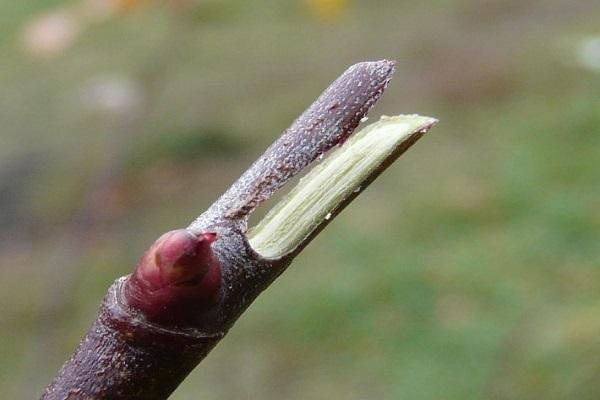

Vaccination process
How to do budding correctly (inoculation with a sleeping eye):
- budding is carried out from the end of July to September;
- rake off the earth from the rosehip bush, release the root collar;
- the neck is wiped with a cloth and a T-shaped incision is made on it;
- the bark on the rosehip is separated from the wood and immediately pressed back so that the cambium does not oxidize;
- a rose peephole, similar to a shield, consisting of bark and buds, is inserted into the incision, and the wood is removed from the shield;
- the scion is tightly pressed against the stock and wrapped with tape;
- the grafted plant is spud with damp earth, not reaching the grafting site, so that the bud does not dry out, but does not become polluted.
After 2-3 weeks, the vaccination result is checked. The grafted kidney should remain green and even grow slightly. The petiole left on the eye should fall off when touched. You can loosen the bandage of the surviving vaccine.
In November, the grafted plant must be sprinkled with earth high and insulated. The next spring, the bandage can be completely removed, and the upper part of the rose hips can be cut off to the grafted eye. The wound must be covered with garden pitch.
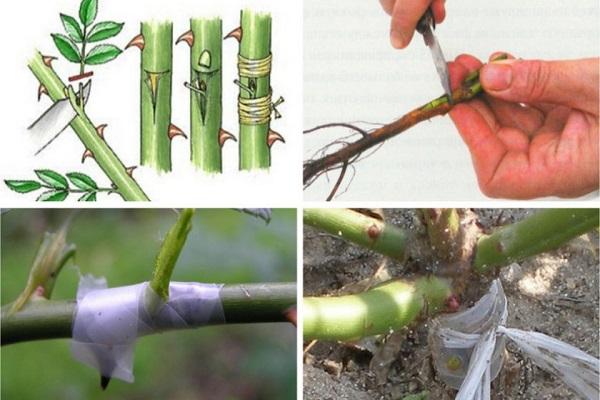

Crushed Trojan
Otzhe, yak to pinch a trojan on a ship? It’s an awkward process, which consists of decal stages: the preparation of the baker and the pinch, the pinch and a little glance behind the pinch of the growing line. Some tips are necessary to prepare the food: clean up the soil in the area of the root shyki, wipe it down and wipe it off.
More beautifully, as it will grow, it will grow in buds, in which it is practical for all nirki to go for okuliruvannya. From one to the other, it is necessary to see the shield at once with the tail. On the pod (stems of Trojandi), see a nirku with a piece of wood and a decal of centimeters. Zriz needs to be robbed with a hitch.
Write the bark on the stove of the ship and insert it into the new eye-chips. The trees of the tree must be squeezed to the root of the shytsi and wrap with an izolenta.Before you wrap around, the flaps of the shield need to be carefully visualized. For winding, pinch off the vicorist line not from the volcanic gumi. Nadal, if the clothespin grows up, it’s easy to break out on its own.
Chischeny v_chko is guilty of being lost v_dkrytim. Yogo lightly stick with soil and water it periodically. Just in a month, you can beat the results of the Viconanoi robot. Yakshcho the nirka has not darkened and has not dried up, which means that the pinned is broken correctly.
Before the ear of winter, a trojan horse is attached to mulch with a ball of earth or a fallen leaf. Vegetation period in chipped brunoks should be repaired for the onset of the season, inodi - in the flowing vegetation period. Schob overtake the approved shoots, see the top of the pagon in early spring.
The specifics of grafting standard roses
For grafting standard roses, dog or wrinkled rose hips are used. A shrub 2 years old is suitable for the stock. One, the strongest, erect trunk is taken from the dog rose. Its height should be 1.5 meters.
Budding is done not on the root collar, but on the stem of the rose hip. A low standard rose bush is obtained if the peephole is inserted into the trunk at a height of 80 centimeters, the middle one is 1.2 meters, and the high one is when budding at a height of 1.5 meters.
See also
Description and rules for growing hybrid tea rose varieties AnastasiaRead
The vaccination is done at once by 2-4 kidneys. They are inserted into the bark of the rose hips from different sides. The side branches of the shrub are removed. For a high stem, climbing and semi-climbing roses are suitable, for a medium - hybrid tea, floribunda, polyanthus, for a low one - low-growing varieties. During vaccination, a T-shaped incision is made on the bark of the rose hip. A rose peephole is inserted into it. The vaccination site is wrapped with tape or bandage. The kidney itself is left open.


After 2 weeks, you can check the condition of the eye. If the kidney turns black, the vaccine has failed. If the peephole is alive, green, swollen, it means that the budding was carried out correctly. This vaccination is usually done in the summer (from late July to September). A sleeping rose bud is inserted into the bark of the rose hip. For the winter, the vaccination site is insulated, wrapped in burlap.
In the spring, the bud is opened, the branches of the rose hip are cut off with a pruner over the grafted eye. The wounds are covered with garden pitch. From the eyes grafted to the rosehip, shoots grow. Over time, the branches need to be pinched to stimulate the growth of the lateral processes. Throughout the summer, near the rose hips, you need to constantly remove the root shoots.
When the stem grows up, it can be tied to a support so that the plant does not lean to the ground under the weight of the branches.
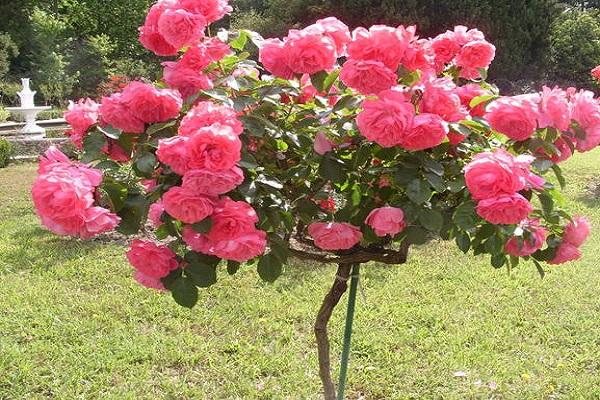

Plant care after grafting
After inoculation, the kidney grafted to the root collar is not touched. The graft must grow together with the stock. The main thing is that no earth gets into the grafted place, otherwise the kidney will not take root. Usually the eye of a rose grows together with a rose hip after 2-3 weeks. At the end of autumn, the grafted plant is covered with earth high and covered with dry leaves. Warmed dog rose tolerates winter well.
In the spring, closer to May, the bandage is removed from the grafted place, and the rosehip bush is cut to the very bud (one centimeter above the eye). The wound is treated with garden varnish. After 2-3 weeks, the bud germinates. The grown shoots are pinched in the summer to form a branched crown.


If the weather is dry, the grafted plant should be watered sparingly. At the beginning of the growing season, the rose can be fed with organic matter or nitrogen supplements. In summer, the plant is fertilized with potassium and phosphorus. The grafted rose is protected from diseases and insects, sprayed with fungicides and insecticides.
During the summer, the land near the plant must be loosened, weeds plucked, and germinating shoots removed. By autumn, 3-5 skeletal branches should be formed on a young bush. Closer to winter, it can be insulated. The rose will bloom next summer.
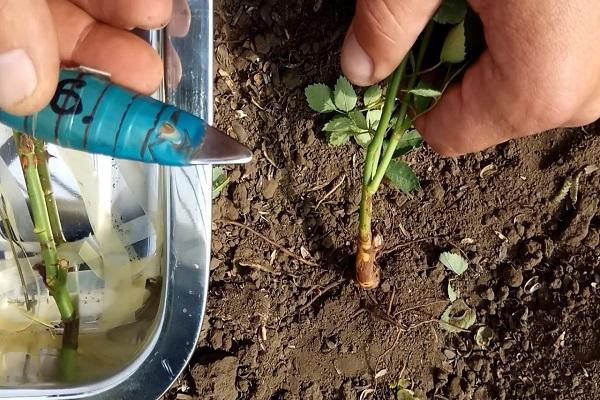

So, to summarize
There are several important points to consider when grafting roses. It is necessary to plant eyes from shoots after flowering.The eye must be cut with a sharpened knife with a short blade. The stock must be watered abundantly before grafting. The grafted green kidney must be tightly fixed with tape and closed with a paper bag. Within a month and a half, water the bush abundantly and fertilize it with organic matter and complex mineral fertilizers.
A good rose garden will decorate any garden area. The rose is deservedly called the queen of the garden, this beautiful flower is distinguished by a variety of colors and shapes, has a long flowering period. Any specialty store offers a variety of rose varieties. But still, in order to have tens or hundreds of bushes, you need to learn how to plant roses yourself.


